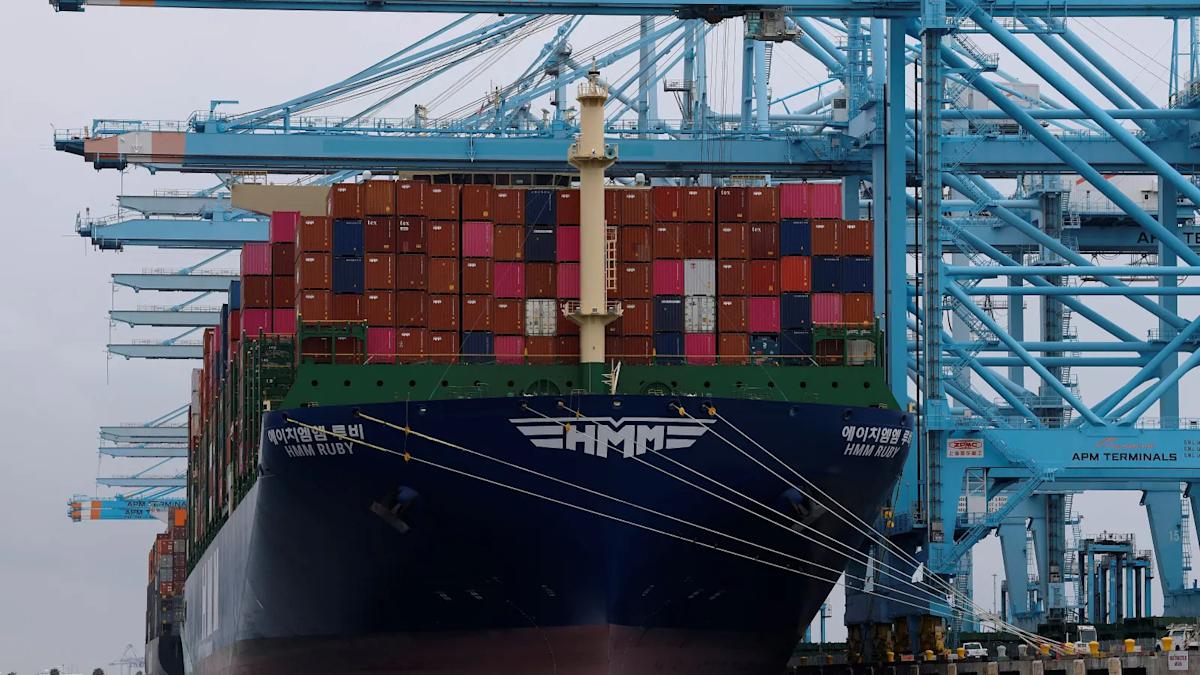Producer Price Index Surge Signals Economic Shifts and Concerns
- Small Town Truth

- Aug 15
- 2 min read

In an economic climate where price pressures continue to build, the latest report from the Bureau of Labor Statistics highlights a significant rise in the producer price index (PPI). This surge, measuring the prices wholesalers charge, marks its most substantial increase in three years, with rising tariff costs contributing to these changes in supply chains.
Producer Price Index Sees Notable Increase
According to recent data, the PPI rose by 0.9% in July and 3.3% year-over-year, as reported by the BLS. This increase is attributed in part to "the highest tariffs since the 1930s" beginning to affect supply chains, according to Alberto Musalem, President of the St. Louis Federal Reserve Bank. He noted during a CNBC interview, “Now, tariffs are feeding through” the supply chain from wholesalers to retailers.
Forecasts and Employment Concerns
Musalem indicated that businesses indicated it would take roughly three to six months to fully transfer the costs from import duties down the line. “We’re right around that three-month mark,” he remarked. This development is occurring as the job market displays signs of instability, with recent payroll gains averaging just 35,000 over the past three months—down from a more robust average of 127,000 from February to April.
Core Inflation Trends
Amid these rising prices, core inflation (excluding food and energy) also escalated, increasing at a rate of 3.1% annually in the last month, following a 2.9% rise in June. The BLS attributes much of this inflationary pressure to higher service costs, particularly in sectors like transportation and medical care. Data reflects that inflation levels remain approximately one percentage point above the Federal Reserve's long-term target of 2%.
Future of Monetary Policy
Looking ahead, Musalem anticipates that it will take “another two to three quarters for tariffs to play through” the price pressures observed. He suggests that while most impacts may decrease over time, there is a possibility of persistence that needs careful monitoring. Policymakers face the challenge of balancing inflation control while preventing further job market deterioration.
Interest Rate Futures and Predictions
In light of the current economic indicators, traders expect the Fed will prioritize labor market stability over immediate inflation control. The latest projections imply a 93% chance that interest rates will be lowered by a quarter percentage point during the Federal Open Market Committee (FOMC) meeting scheduled for September 16-17, as indicated by the CME FedWatch Tool.
Fed Officials Advocate Caution
Atlanta Fed President Raphael Bostic echoed a sentiment for patience among policymakers, suggesting a careful evaluation of new data before altering the federal funds rate. He warned against the pitfalls of hasty policy changes, recalling the volatile inflation period of the 1970s, where erratic shifts in Fed policy adversely affected public confidence. He stated, “Some of the worst moments for Fed policy have been when the Fed has done something and then they changed their mind...”
Bostic commented on the current labor market health, where an unemployment rate of 4.2% allows the Fed some latitude in determining the best direction for monetary policy. He noted, “You’ve got a labor market that is quite strong... I feel we have some space now.”
Correction: In a previous version of this article, Alberto Musalem was misidentified. He is the president of the St. Louis Fed.
.png)